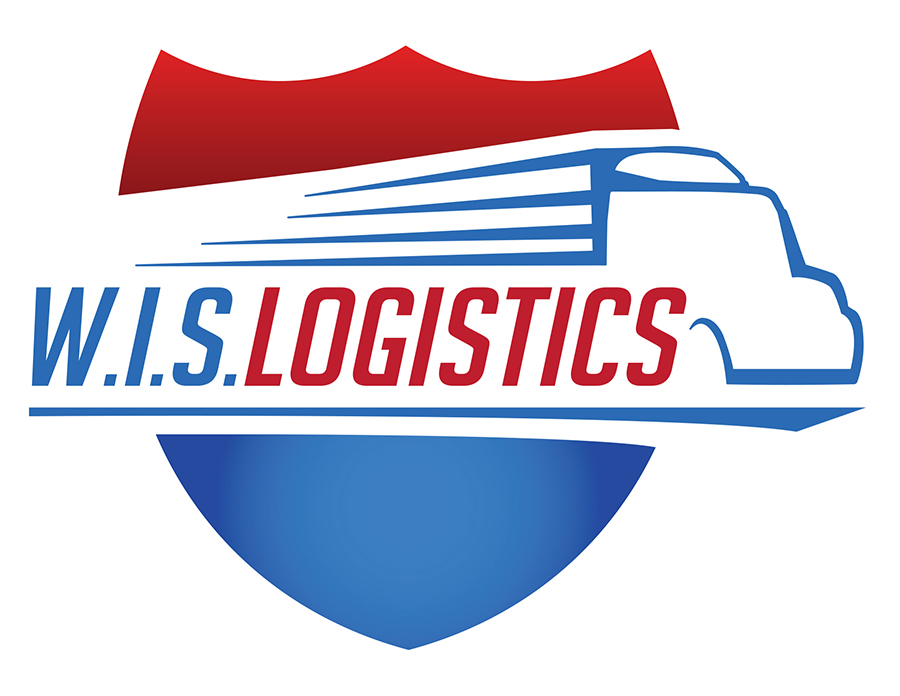Loading docks are busy places, where people, cargo, heavy machinery, and trucks are in constant motion. This steady level of activity can create both obvious and hidden dangers. Thus, safety should always be the top priority for warehouse managers and employees. To assist in these efforts, here are some of the best ways to prevent cargo loading and unloading accidents and injuries.
- Implement a centralized warehouse management system.
A warehouse management system (WMS) functions as a “brain,” connecting all technology solutions through the center—everything from planning software to dock management systems and master control panels. These systems gather, monitor, and analyze data to provide employees with real-time information on the loading and unloading of freight, ensuring optimal safety, productivity, and efficiency for a warehouse. - Link restraints to the master control panel.
Restraints are essential for safety, providing a cost-effective solution for preventing truck creep, drive-away incidents, and other hazardous movements during freight handling. These devices lock and secure a trailer’s rear impact guard upon docking, keeping it firmly in place throughout the loading/unloading process. In contrast, traditional alternatives like manual chocks can cause injury during the attachment process and lead to high risks of error and weaker trailer security. Modern restraints minimize these hazards and can even be linked to a master control panel. Putting in practice lockout tagout can be essential to preventing accidents and making sure energy sources are isolated from the system that uses it.
- Mount dock lights for communication.
Lighting is critical to improving visibility of the dock, load, and personnel. Lights can visually communicate when a truck is coming in, when a trailer is locked in place, when it is safe to open the door, when the unloading process is over, and when it is safe for the driver to leave. Connecting lighting to a centralized communication system is a best practice that can dramatically improve operational safety.
- Install barrier gates.
Barrier gates help prevent trips or falls from elevated ledges. They can also block off hazard areas with heavy machinery. Barrier gates can be opened and closed, and some gates have lights and can sync with the master control panel.
- Utilize dock levelers.
A dock leveler helps bridge the gap between a loading dock and a trailer that are different heights. As trailers fluctuate in height during loading and unloading, dock levelers keep trailers stable and ensure smooth and seamless transitions to loading docks. Activated with a simple button press, hydraulic levers offer a user-friendly alternative to mechanical levelers—manual versions operated by a pull chain and often neglected by workers due to the added effort.
- Create a regular maintenance routine.
A daily maintenance plan is essential to create a safe environment for workers. Regular inspections should include checking the integrity of all equipment and addressing clutter, obstructions, and potential hazards. Supervisors and workers should follow a checklist before and after each loading/unloading process. Review and validate written task specific procedures for all powerlifting equipment and docks to ensure there are instructions in place for operators operating the machinery.
- Train employees.
All employees must be taught proper safety procedures around loading and unloading areas. Training should include information on correct lifting and moving procedures, equipment use, communication, and properly securing cargo. Also, be sure to identify a team lead for safety issues, whom employees can contact if concerns arise.
Staying up-to-date with loading/unloading best practices is instrumental in keeping workers safe and preventing injuries. At W.I.S. Logistics, we are proud to connect our customers with carriers who place exceptional value on both safety and customer service. Contact us today and find out more.
